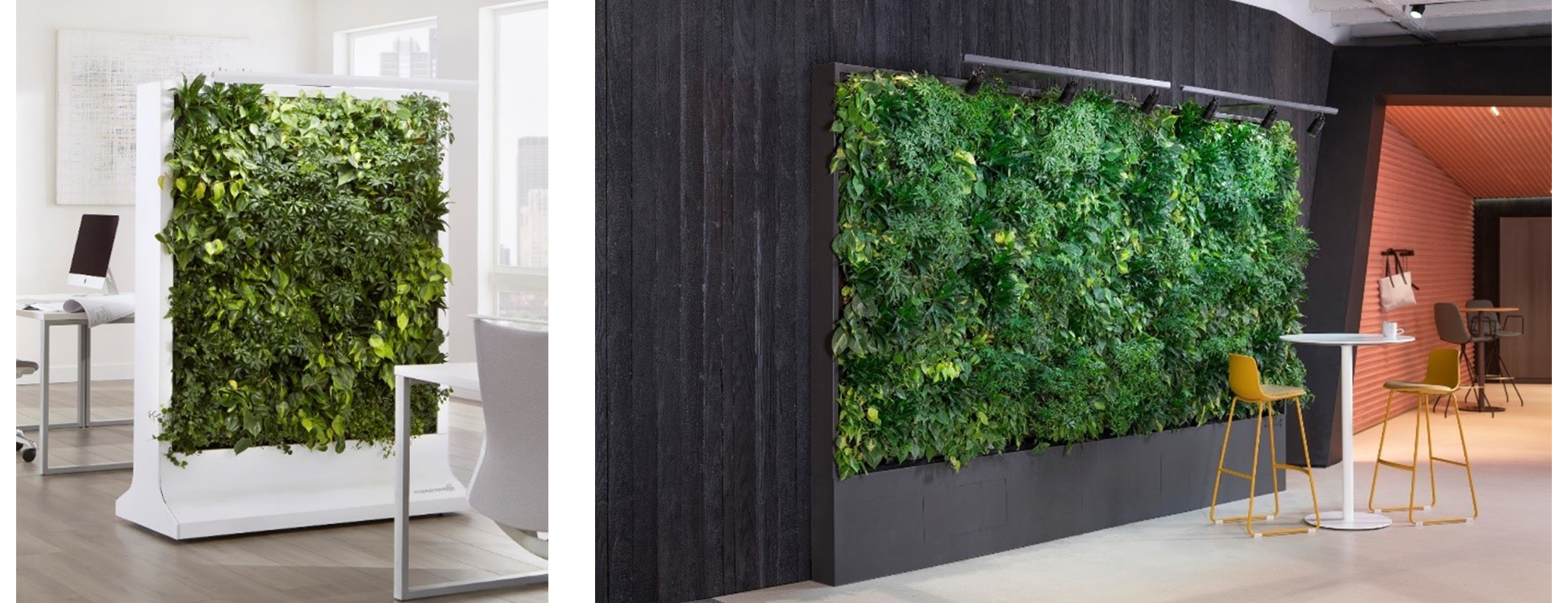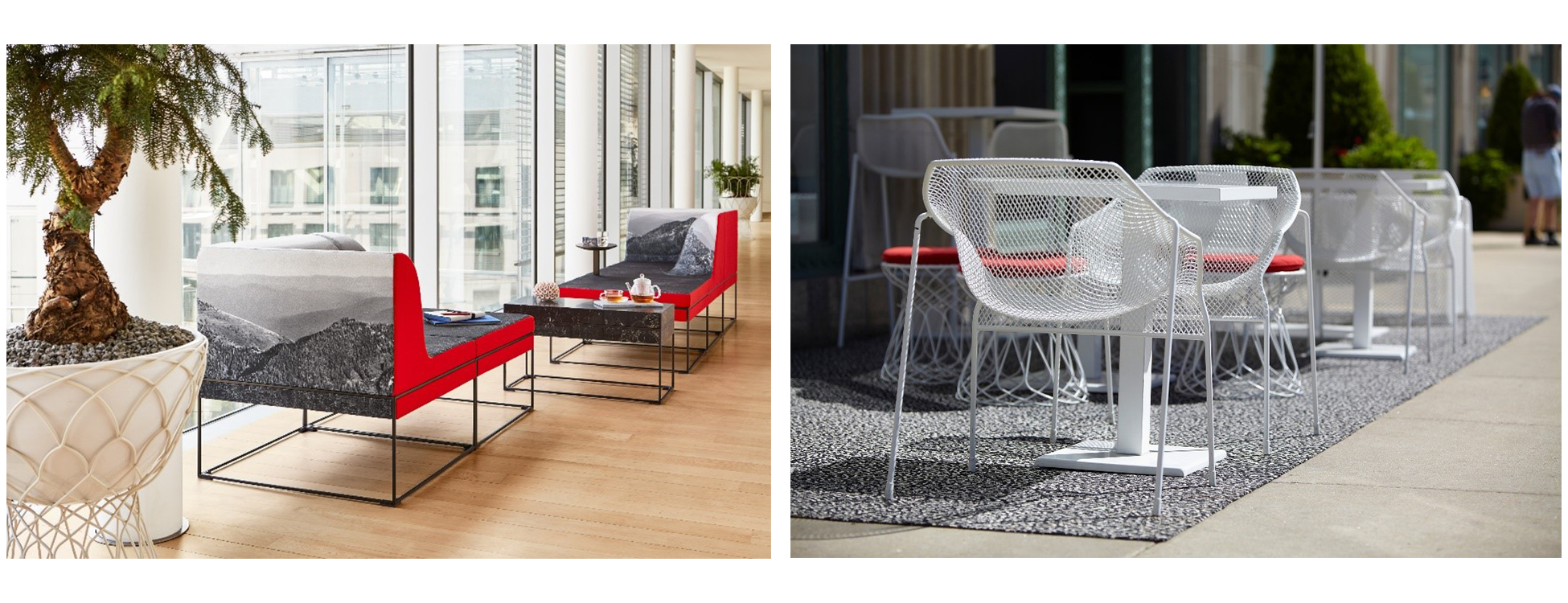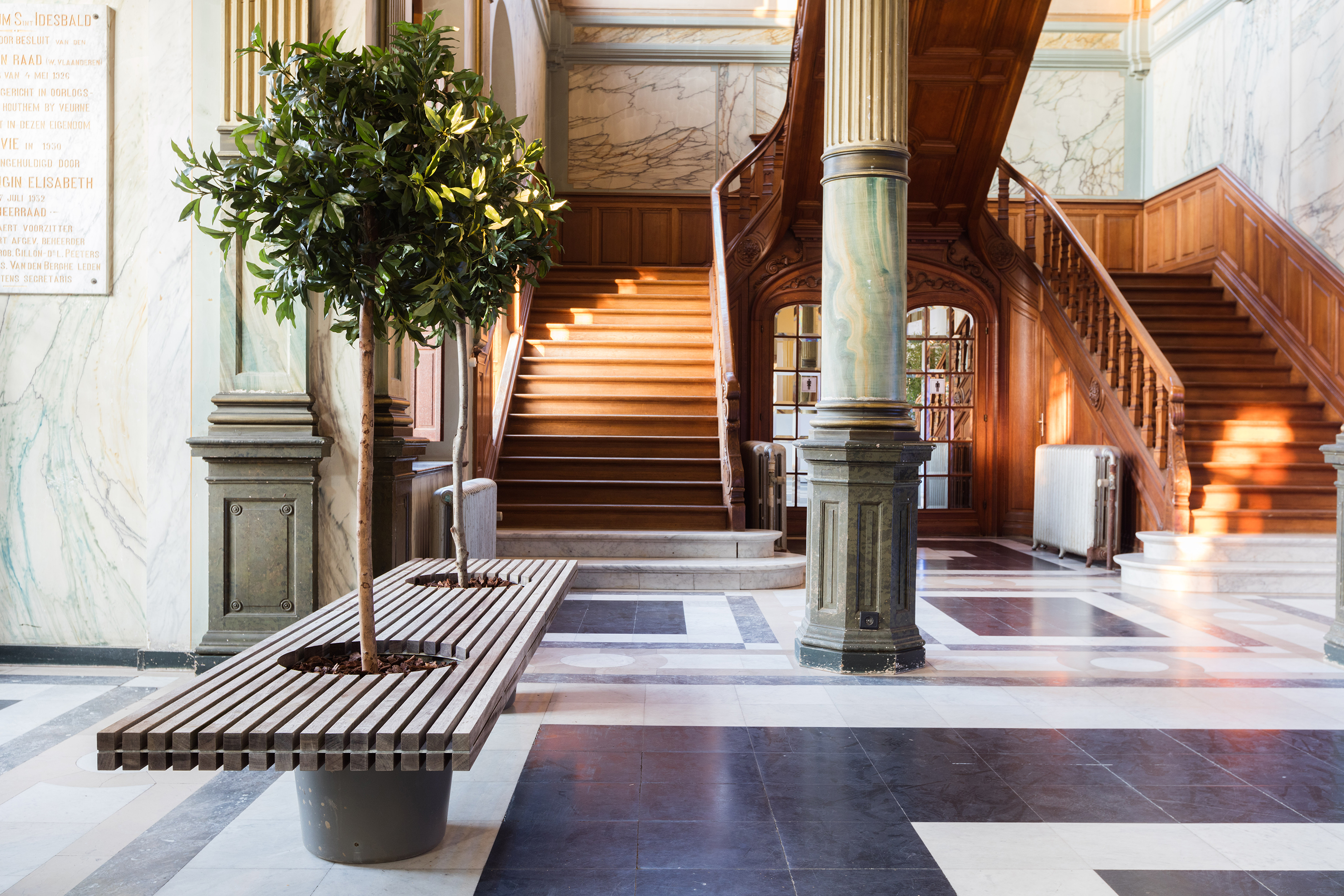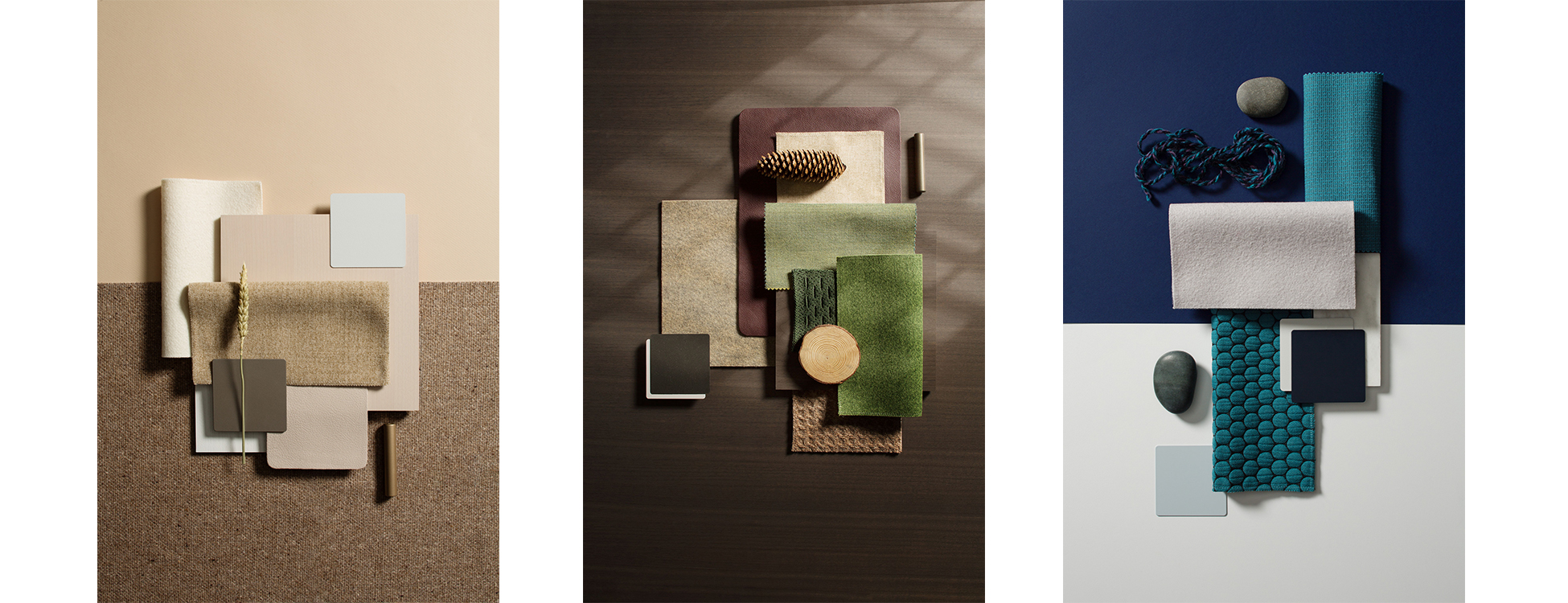
Incorporating elements of nature in your workday has a ton of benefits such as reducing stress, increasing productivity and boosting creativity. Many employers don’t have access to outside workspaces so they are doing their best to bring nature indoors through biophilic design.
The term biophilic or biophilia suggests that humans possess an innate tendency to seek connections with nature and other forms of life. For centuries, we’ve designed a majority of our buildings, offices, schools and healthcare facilities without the mentality that nature and humans have this intertwined relationship. Recently, we’re seeing more and more customers ask for elements of this design philosophy to create better work experiences and improve employee wellbeing.
Examples of biophilia design includes:
- Lighting – allowing individuals to keep track of time of day and seasons (ex: large exterior glass windows exposing natural light)
- Plants – provides a direct relationship with nature (ex: green walls, potted plants)
- Color – use of natural colors or “earth-tones” (ex: colors commonly found in nature – brown, green, blue)
- Natural Materials – (ex: wood, stone, natural fabrics, furnishings, and leather.
- Fire – adds warmth and color to rooms (ex: fireplace)

(pictured above) Sagegreenlife – Living Walls
5 quick ways to add biophilic design to your office on a budget.
- Add some plants by gifting some to employees or by utilizing a local company to provide and care for plants. On earth day, one year, we provided those who participated in a local clean-up with Forrer colored pots and plants and on Employee Appreciation Day- “Thank you for helping us grow”. Now there are many employees that have plenty of predetermined easy-care plants on or near their workstations.
- Paint the walls. Paint is cheap! Adding colors commonly found in nature (green, blue, brown, white) can go a long way. In fact, a study from the University of Texas, tested the impact of color on productivity. Groups made more errors on a tasks when they worked in white rooms opposed to colored rooms. Colors can elicit a variety of emotions. Blue for example is known to be calming. It can help promote communication, trust, and efficiency. The color green inspires innovation.
- Rearrange furniture to expose more natural light for the rest of the office. Having more collaborative areas near windows opposed to having workstations and offices, provides more natural light for everyone to experience. Natural light has tons of health benefits such as boosting vitamin D, warding off seasonal depression and improving your sleep. Natural light also helps boosts creativity. A survey by Future Workplace revealed that the number one attribute of the workplace was natural light. Natural light actually outranked onsite cafeterias and fitness centers.
- Add a patio. If you have the space for a patio or for a few picnic tables, give your employees the opportunity to work and eat outside! No better way to experience the outdoors at work when you have the opportunity to work outdoors.
- Add task lighting. Dim lighting is known to cause strain the eyes and cause headaches, lowering productivity and resulting in fatigue. Adding task lights enables the user to control lighting settings to his or her comfort levels. To give the perception of daylight I suggest offices use light sources with color temperatures of 5000K or higher. Higher color temperatures have a greater impact on mental activity, alertness, and the central nervous system. However, anything greater than 3500K will help keep employees attentive, focused, and productive throughout the day. This color temperature is best for many offices now a days especially if you do have some natural light already. Natural light is the best in most cases but not everyone has floor to ceiling windows or sits near a window.



